Carrying around cash and cards isn’t always convenient, and they can be lost or stolen. Thankfully, digital wallets and mobile wallets have made paying online and on the go easier than ever. Digital payments have become the preferred method of making payments. They’re convenient and secure.
The terms digital wallet and mobile wallet are often used interchangeably, but they are different. Choosing one over the other can have an impact on your purchases. In this post, we’ll look at the digital wallet vs mobile wallet to help you decide which digital payment solution is best for you.
Digital Wallet
A digital wallet, sometimes referred to as an e-wallet, is software that stores debit and credit card details.
All of the information is stored in the cloud, allowing the users to access their cards from the software using any device such as phones, tablets, or desktops. This makes online payments extremely convenient.
Digital wallets are used to make payments online, including making eCommerce purchases and transferring money from one account to another, such as friends or family.
In some cases, they can be used for making purchases in physical stores, this is difficult and the store must be set up for it.
The software for digital wallets is secure. It often requires security procedures such as passwords, thumbprints, pins, facial recognition, etc.
PayPal and Google Pay are good examples of making payments with a digital wallet. In some cases, digital wallets can also include mobile features. Apple Pay is a good example of the mobile use of a digital wallet.
Digital Wallet Pros
Digital wallets are convenient because the user doesn’t need to reach for credit cards to make purchases. Since cash isn’t required, making change also isn’t required. All cards can be stored in a single location. This includes credit cards, debit cards, gift cards, and loyalty cards.
Payments are faster than traditional credit cards, debit cards, or cash. The digital wallet has access to online payment gateways, so the payment forms can be auto-filled. Payments are made instantly.
Digital wallets do not require special or extra devices. This means the user has access to every card they own from the connected device they’d carry with them anyway or use at home. They’re accessible through desktop PCs by entering your username and password.
Digital wallets are safer than physical wallets. They’re password-protected and include other security features, making them difficult to lose or for someone to steal. Users can receive email or text notifications, so they’re aware when a purchase is made.
Users have access to their spending data, so they can track and manage spending from any location with an internet connection. Digital wallets can be integrated into apps and services that make it easy to manage and track spending.
Apps can also include purchasing and loyalty rewards. Many digital wallet companies include rewards programs that help users save money. Programs include points, discounts, cash back, and special offers.
Digital wallets have high-level security features. Security features include remote data erasure so the data can be deleted if the device is stolen or lost. Payments are processed with tokens, so card numbers are not shared. Encryption makes it more difficult for hackers to capture user data.
Digital Wallet Cons
Since they store account information, they’re at constant risk of data breaches. Hackers will have access to your account if they’re able to get your passwords. If hackers break into your account, they’ll have access to your credit card numbers and bank account details.
Digital wallets are online only. They do not allow for easy offline or in-person transactions. Some stores can accept them, but payment options when on the go are limited.
Examples of Digital Wallets
Digital wallets are usually accessed through a web browser. Here’s a look at some of the most popular digital wallets.
PayPal
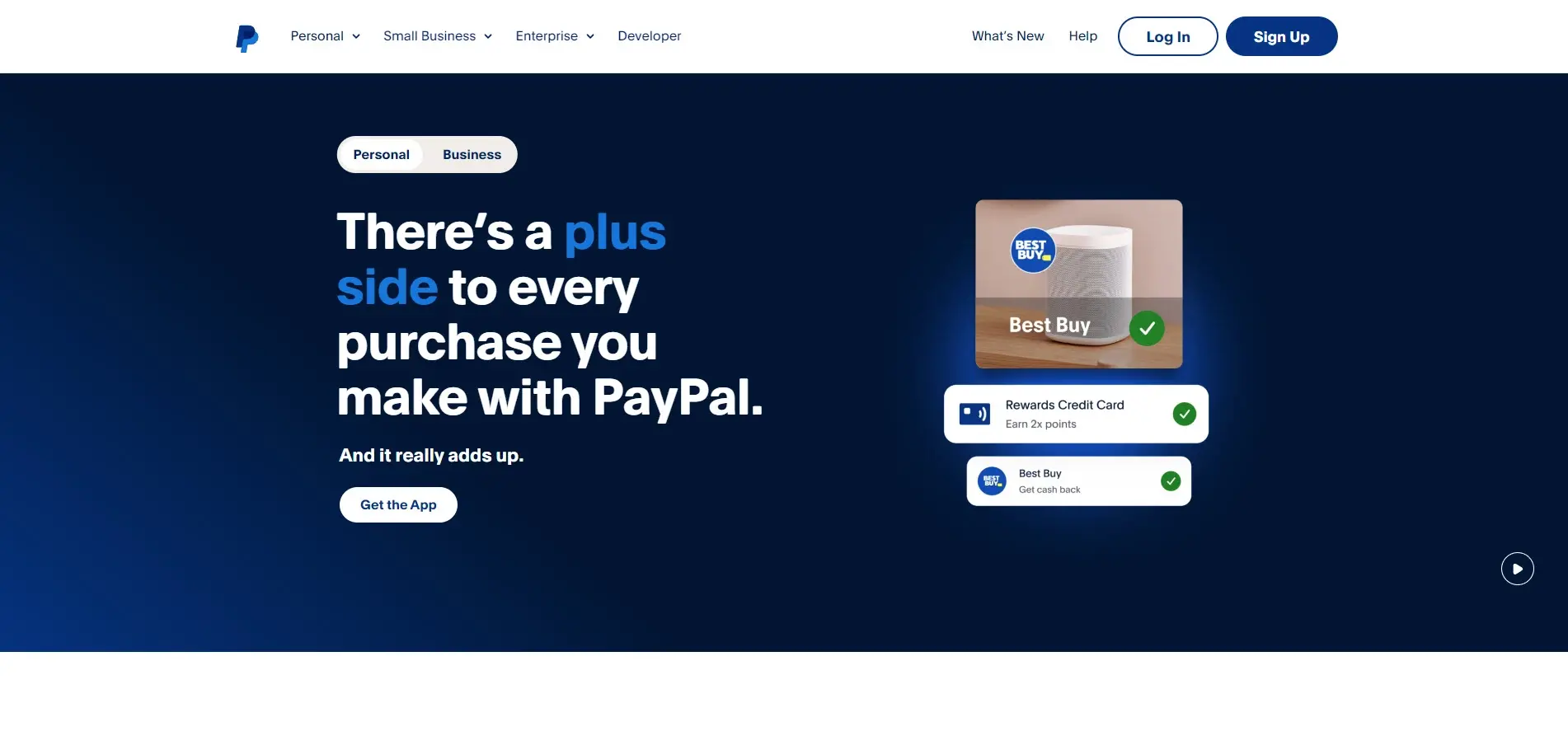
PayPal makes it easy to send and receive payments online. Pay online in the same way as a credit card, send an invoice, transfer money to friends or family, and lots more. Recipients never have access to the account. Track payments, make recurring payments, view reports, receive email notifications, etc. They’ve grown beyond that to now include credit cards, savings accounts, and lots more.
Venmo
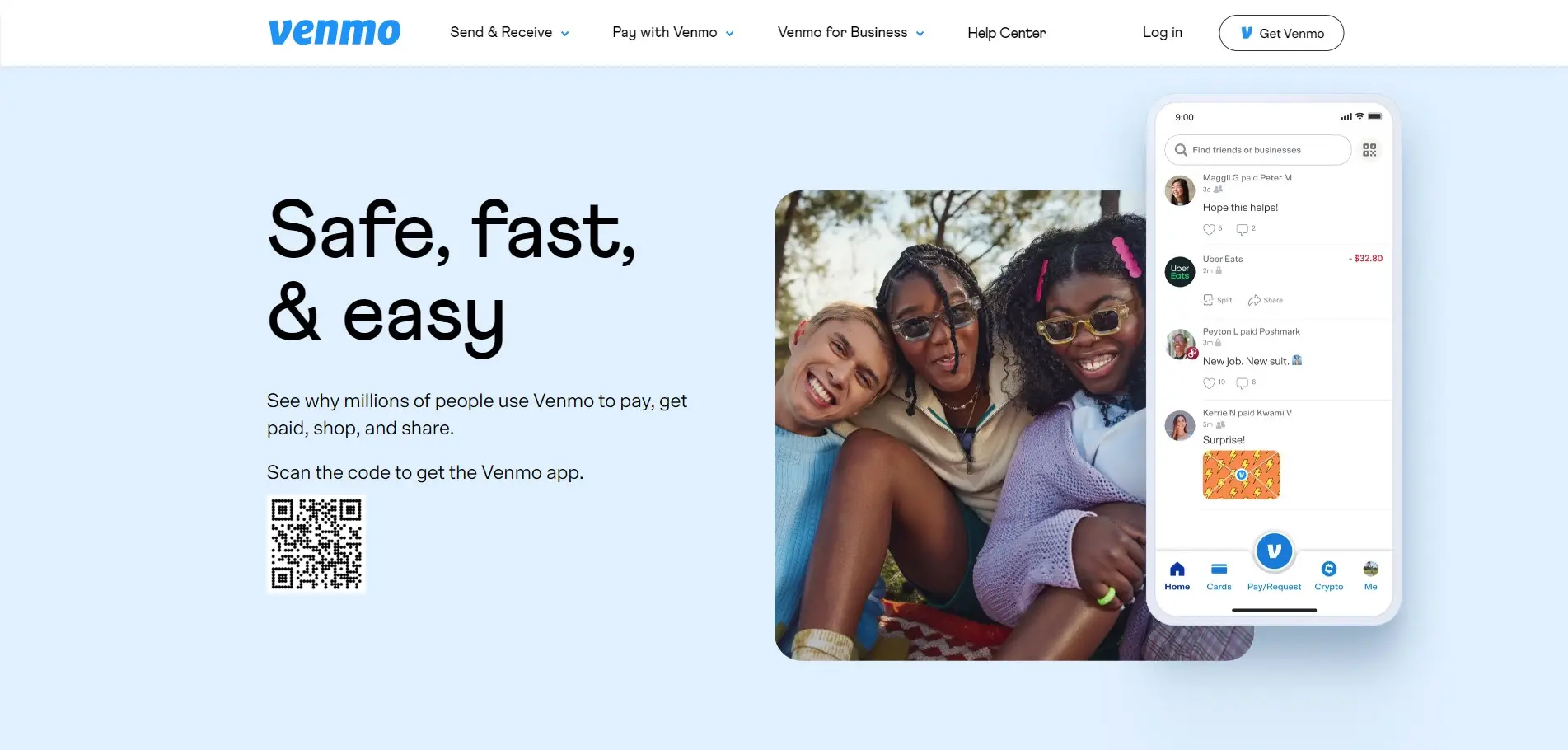
Venmo lets you send and receive money online. Shopping online works the same as a credit card. It’s easy to split group bills across multiple friends. Venmo also makes it easy to buy, sell, and track cryptocurrency. It also includes a credit/debit card, and you can make payments via apps.
Apple Pay
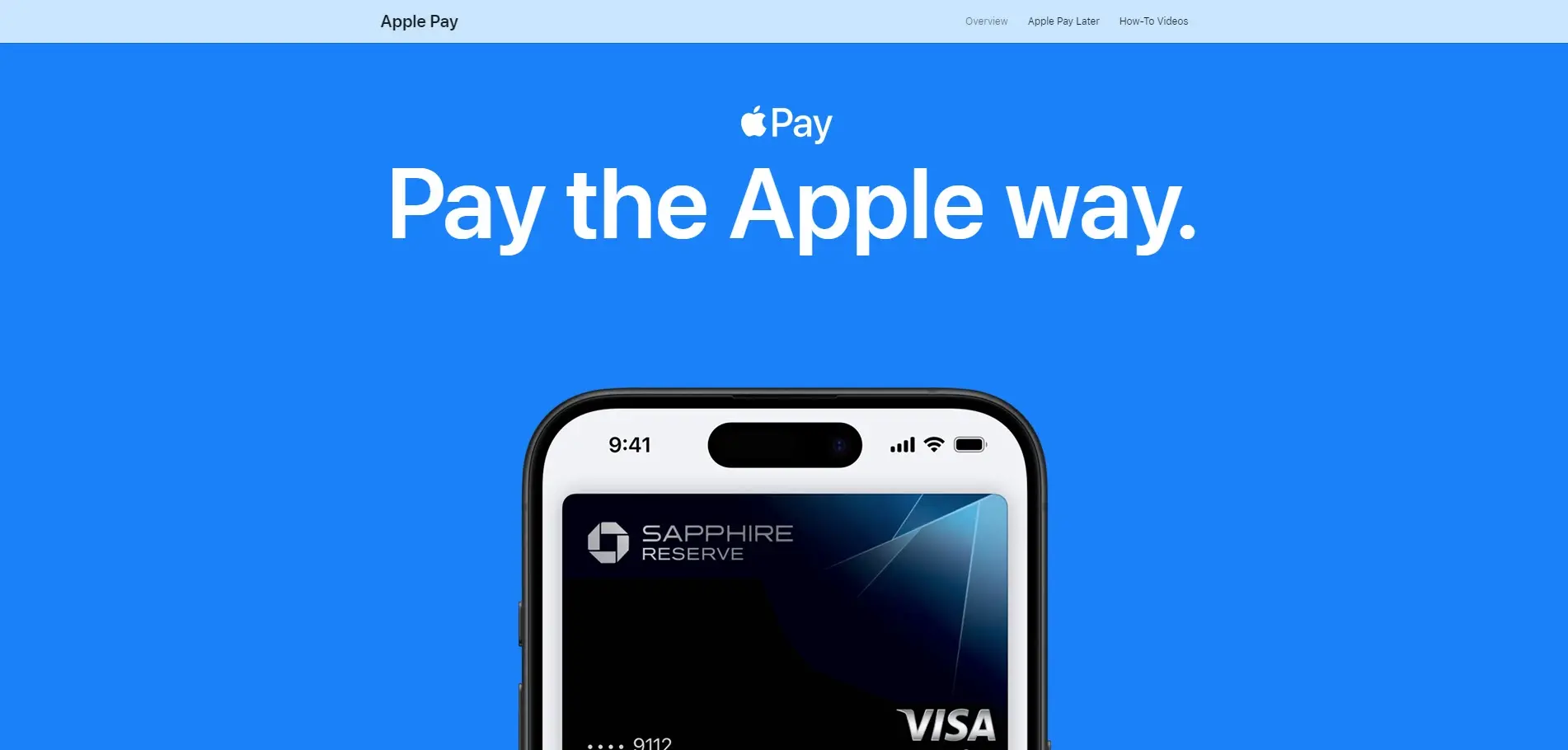
Apple Pay is an online payment service from Apple. It works on the web and in apps and allows you to make full payments or spread the payment over time. Use Apple Cash or Apple Pay. It’s built into iPhone, Apple Watch, Mac, and iPad, so it also works as a mobile wallet.
Google Pay

Google Pay is an online service from Google that lets you make purchases and receive money online using multiple payment methods. It helps manage your payments and protect your data. It uses autofill for faster checkouts. You can view payments, purchases, and transactions through the site. It will also show contactless payments made through the Google app.
Mobile Wallet
A mobile wallet is a type of digital wallet that’s only available through a mobile app. They’re not accessed through desktop PCs.
Users can make contactless payments with a smartphone or similar device with a single tap at cash registers or payment terminals that use near-field communication technology.
Users can load credit cards, debit cards, loyalty cards, event tickets, travel passes, IDs, etc. If you can include it in your physical wallet, you can include it in the mobile wallet.
The Google Wallet, Samsung Pay, and Apple Wallet apps are good examples of Mobile Wallets. Users can make contactless payments with apps using their smartphones or wearable devices such as Fitbit and Garmin watches.
Mobile Wallet Pros
Mobile wallets are easy to use. Once the app is installed, the user simply enters the credit card or debit card information and they’re ready to make payments. No physical cards are required.
Mobile wallets can be used for in-person payments. Smartphones and smartwatches can be used for “tap to pay”, which requires the user to hold their device close to the payment field, creating fast contactless payments.
Many mobile wallet providers include a loyalty program with discounts, exclusive offers, digital coupons, and incentives.
Mobile wallets are secure. Credit card numbers are not provided during the transaction. They use tokens and encryption to increase security. For many mobile wallets, making a payment requires a password, pin, facial ID, thumbprint, or other type of security setting.
Mobile Wallet Cons
Since mobile wallets store account information in the cloud, a good internet signal is required to use the cards. Users can’t make payments if they’re outside of the signal range.
Someone may have access to your account if you lose your mobile device or if it gets stolen and you don’t have security features implemented. Hackers may be able to break into your device or apps even if you do have security measures in place.
They’re not accepted at every location. This can make them inconvenient because users still need other means of payment. Mobile wallets can’t be the only type of payment users carry with them.
If mobile wallets are the only type of payment a user carries, they must only shop at locations that advertise those payment types. This makes shopping on the go limited to certain locations.
Examples of Mobile Wallets
Many smartphones come with mobile wallet apps preinstalled. Also, mobile wallet apps are easy to install on any connected device. Here’s a look at some of the most popular mobile wallets.
Apple Wallet
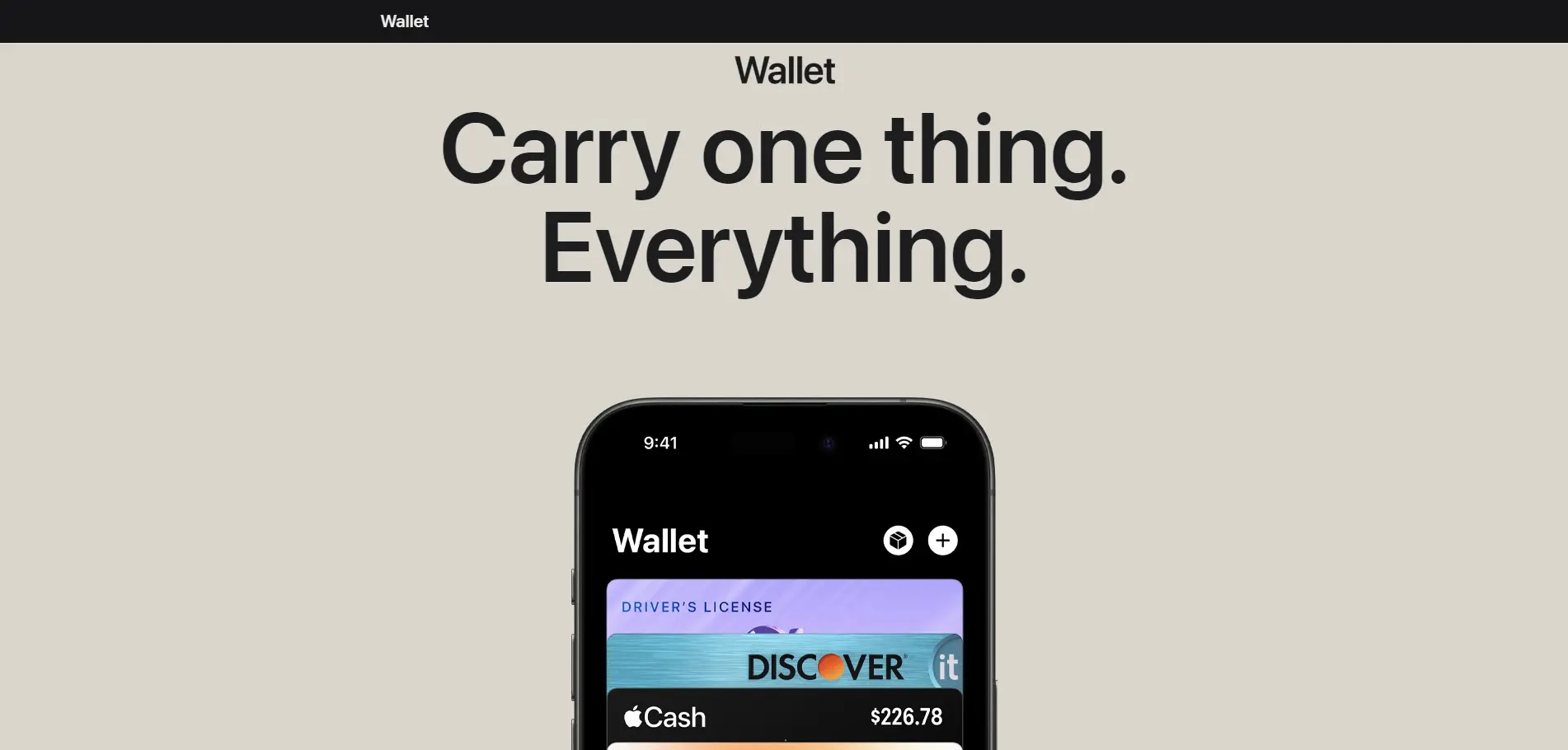
Apple Wallet lets you keep your credit cards, debit cards, transit cards, event tickets, driver’s licenses, state ID, student ID, employee badge, keys, etc., on your iPhone or Apple Watch. It includes loyalty rewards and lets you check your balances.
Google Wallet
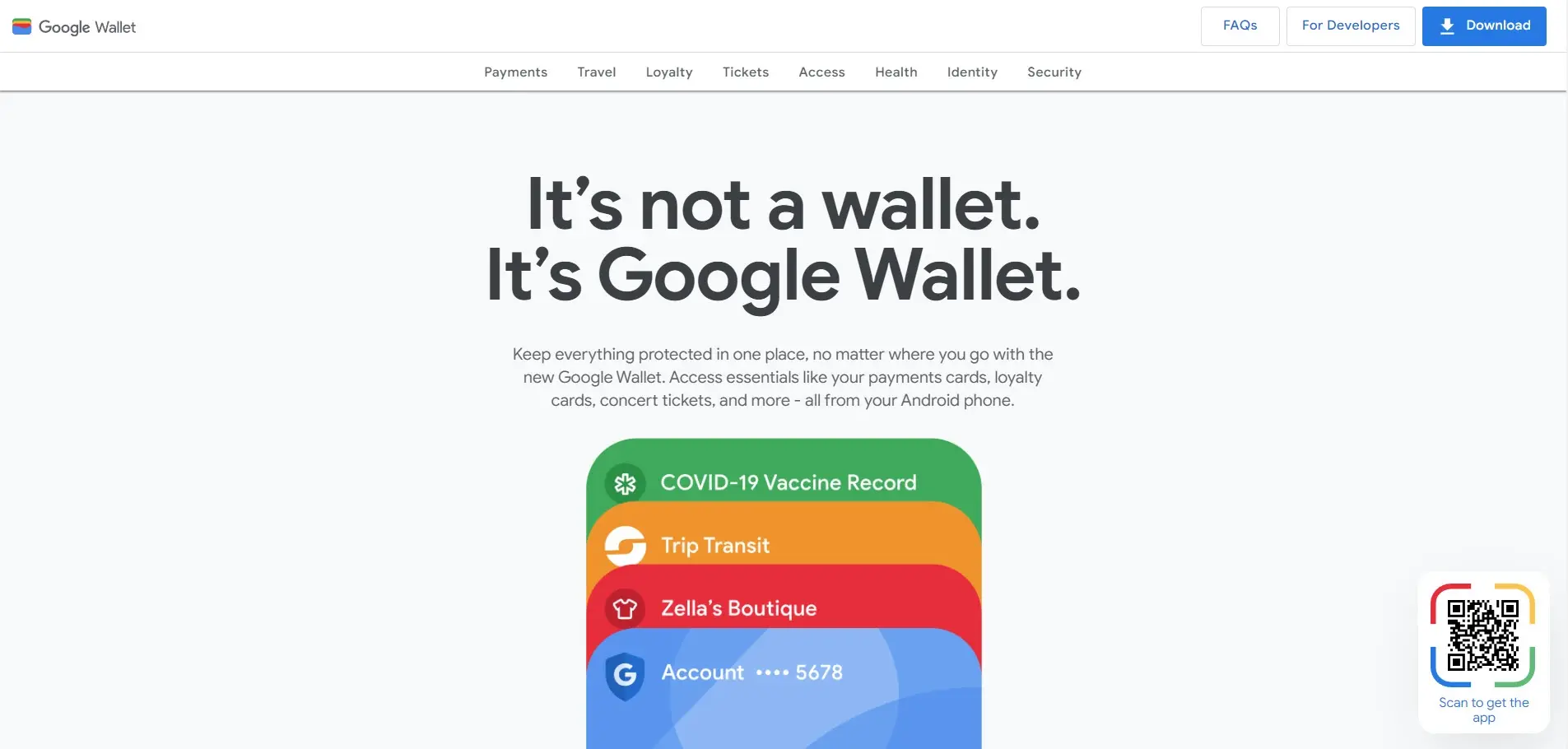
Google Wallet holds your payment cards, concert tickets, loyalty cards, transit tickets, vaccination information, keys, driver’s license, student ID, and more. It includes 2-factor authentication, phone finder, remote data erasure, and gives you encrypted payment codes. Users have access to data and reports and can choose the data that’s shared between products.
Samsung Pay
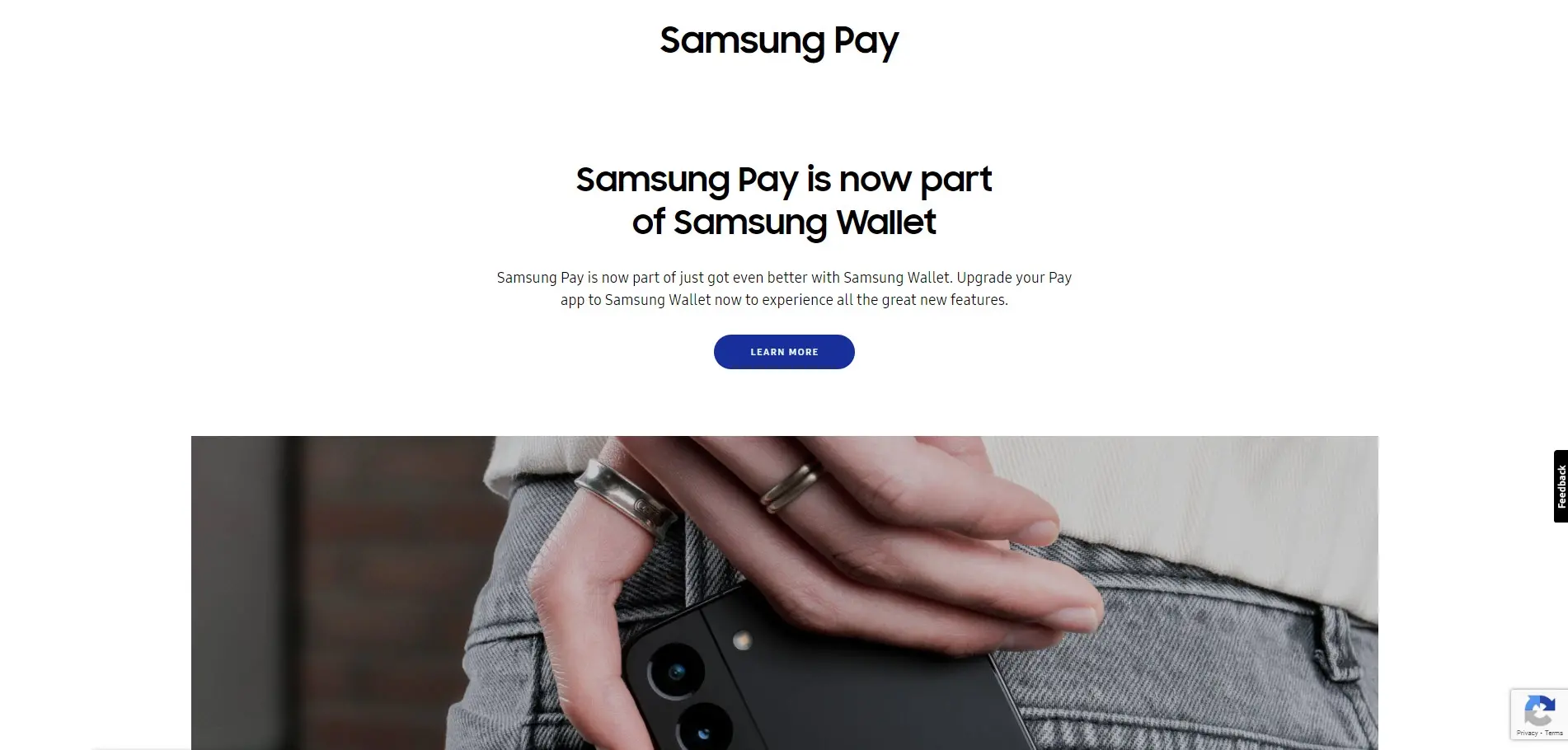
Samsung Pay keeps your credit cards, debit cards, gift cards, membership cards, vaccine passes, and more on your smartphone. Purchases are authenticated with a thumbprint, iris scan, or PIN. It uses the Tap & Pay system for New York City’s and Portland’s transit systems. It also includes cash-back rewards.
Garmin Pay
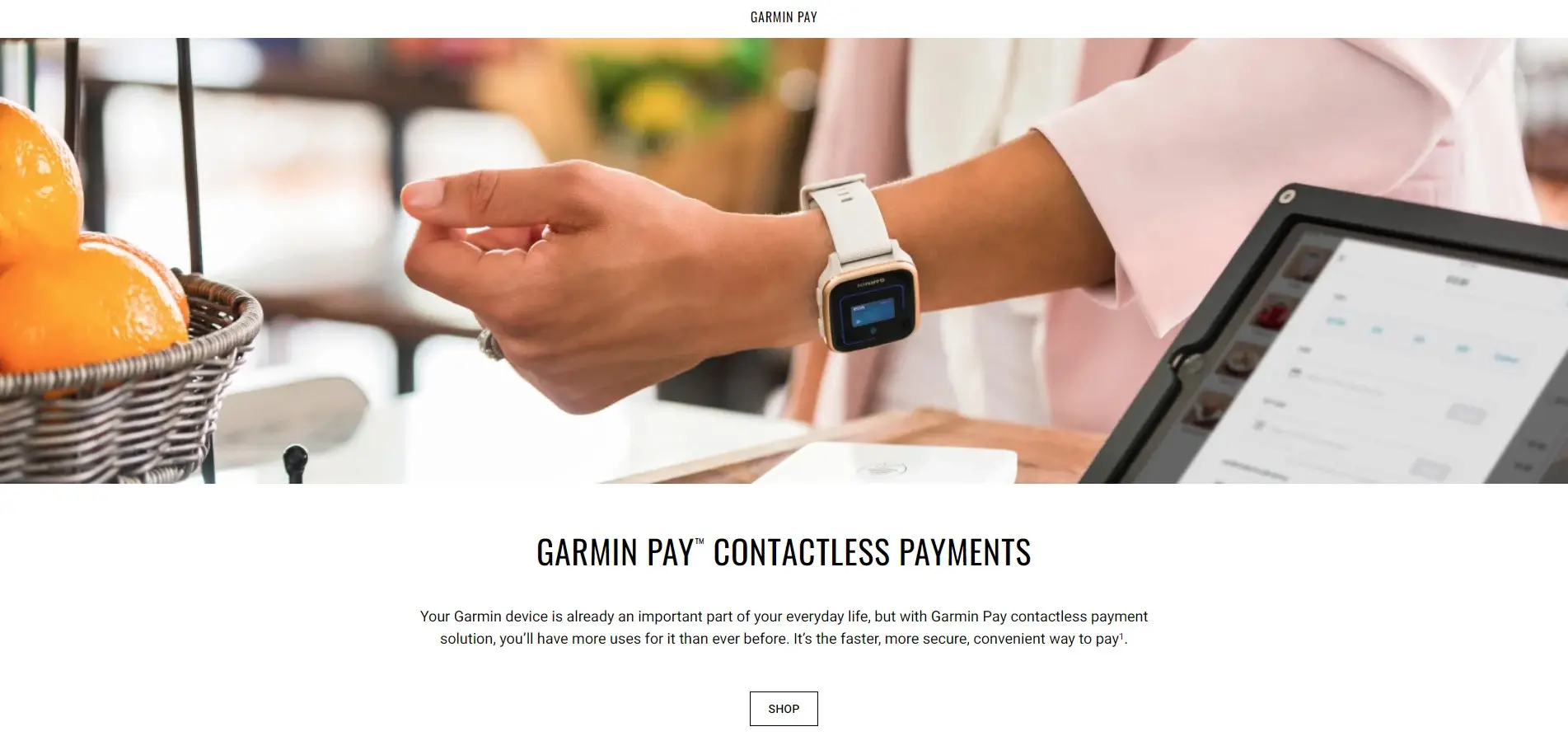
Garmin Pay lets you make contactless payments from your Garmin watch. It stores your major credit cards, debit cards, and transit cards. Card numbers are not stored on the device or in the Garmin servers. It uses secure transaction codes to keep your cards safe.
Fitbit Pay
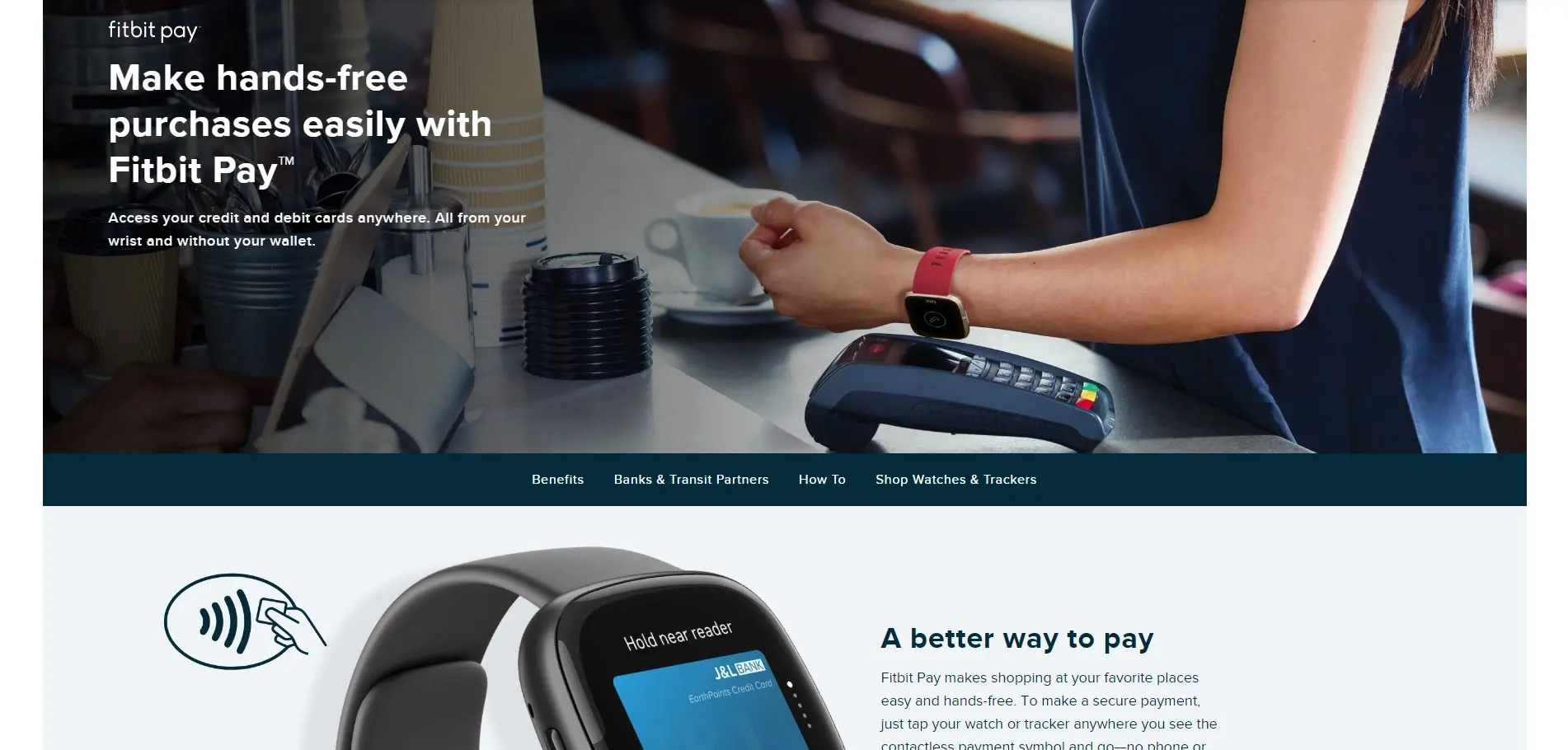
Fitbit Pay stores your credit cards, debit cards, and transit cards to make contactless payments on the go. You can load multiple cards, so you have choices when you want to pay.
Digital Wallet vs Mobile Wallet
Now that we’ve seen digital wallets and mobile wallets, which should you use? Both have advantages and disadvantages. Both allow users to securely store payment information and use it in place of cards or cash.
For more information about online security, see the article Cyber Security Awareness.
If you want to make payments through a website, then you’ll need to use a digital wallet. You’ll also need a digital wallet to transfer money from one person to another. For more information about digital wallets, see the article How Digital Wallets Work.
If you want to make payments in person, then you’ll need a mobile wallet. You’ll also need to use a mobile wallet to store IDs, vaccine cards, tickets, etc.
It’s not really a question of which to use between the two options, but when to use each option. Both are helpful for different uses. Also, some of the apps combine the two options, so you have access to your cards when purchasing online and offline.
If you’re a shop owner, accepting payments via a digital wallet or mobile wallet is a great way to increase security for your customers. Websites can take payments from digital wallets through their eCommerce platforms such as WooCommerce and Easy Digital Downloads.
For more information about WooCommerce and Easy Digital Downloads vs WooCommerce, see the article Easy Digital Downloads vs WooCommerce. For more information about payment gateways, see the articles Best Online Payment Gateway and Stripe vs. PayPal.
Ending Thoughts on Digital Wallet vs Mobile Wallet
That’s our look at a digital wallet vs mobile wallet. They’re similar but have different uses. It’s a good idea to use both options. We recommend using the most popular options that we’ve covered in this post since they’re safer and more widely accepted.
Regardless of which you use, digital wallets and mobile wallets are great for saving time, reducing the number of things you need to carry, and increasing security when making purchases both online and offline.
We want to hear from you. Do you use a digital wallet or mobile wallet? Let us know in the comments.
Frequently Asked Questions
Are digital wallets safe?
Digital wallets employ advanced security measures such as encryption, tokenization, and biometric authentication to ensure the safety of user information. However, users must also follow best practices, like securing their devices and using strong passwords, to enhance safety.
Why are digital wallets growing?
Digital wallets are growing due to their convenience, security features, and versatility. The increasing adoption of cashless transactions, the integration of digital wallets into various platforms, and emerging trends contribute to their growth.
What is the difference between an e-wallet and a digital wallet?
The terms "e-wallet" and "digital wallet" are often used interchangeably. Both refer to electronic devices or services that store payment information for digital transactions, eliminating the need for physical cash or cards.
How do I open a digital wallet?
To open a digital wallet, users typically need to download the respective app, create an account, link it to a funding source (like a bank account or card), and follow any identity verification processes specified by the wallet provider.

Randy A. Brown is a freelance writer from east TN specializing in WordPress and eCommerce. He's a longtime WordPress enthusiast and loves learning new things and sharing information with others. If he's not writing or reading, he's probably playing guitar.
View all posts by Randy A. Brown




















